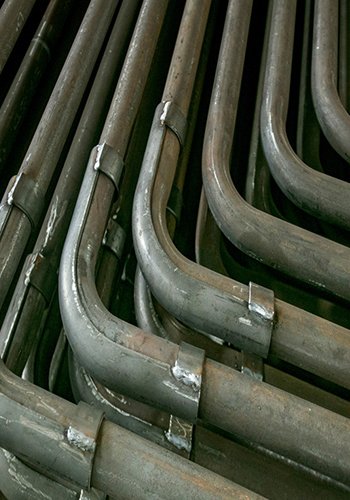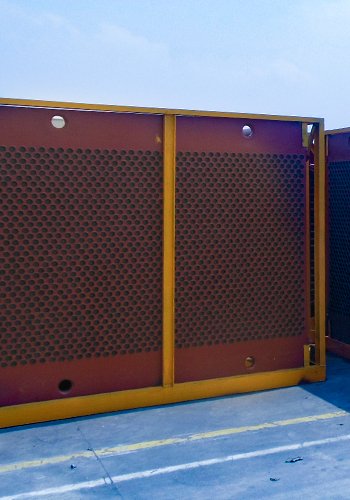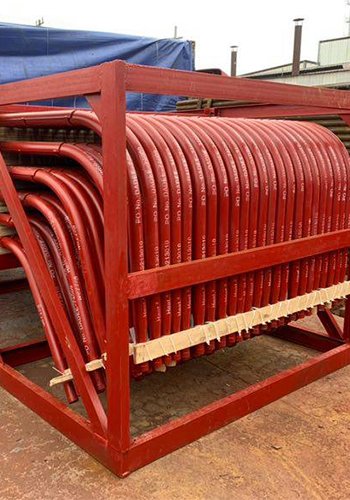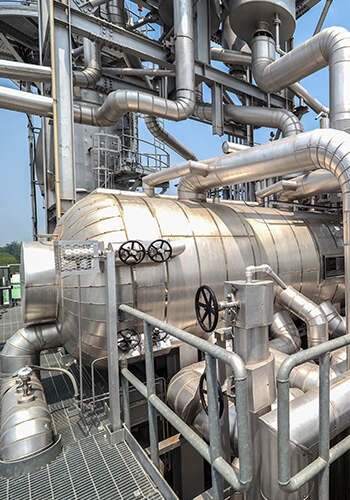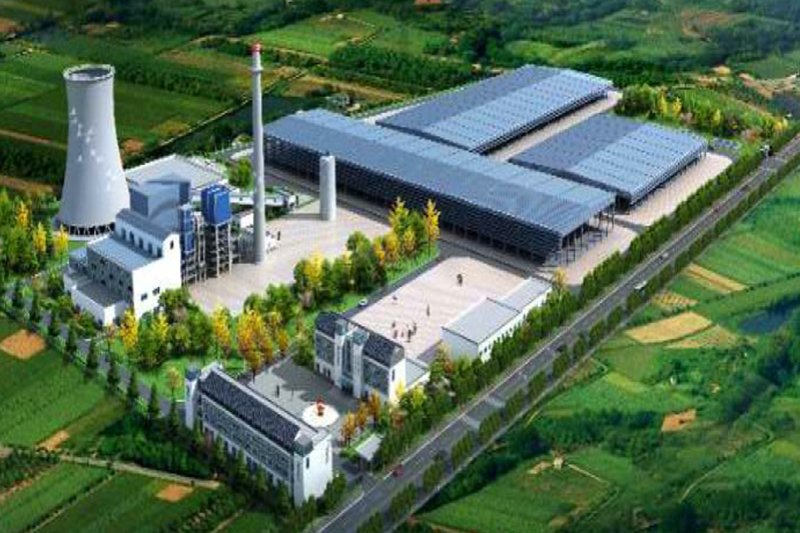Japan’s Commitment to Environmental Protection and Sustainable Development: An Exploration of the Viability of Waste-to-Energy Boilers in the Japanese Market
Japan, recognized as a pinnacle of industrial advancement, has steadfastly committed itself to the twin goals of environmental protection and sustainable development. Within the ambit of waste management, incineration has prominently featured as a prevalent and traditional method. However, a pertinent inquiry surfaces: can the integration of advanced technologies, particularly Waste-to-Energy Boilers, serve as a viable avenue for energy recovery in the discerning Japanese market? In this comprehensive analysis, we aim to scrutinize the historical evolution, current standards, and regulatory approaches with a keen focus on evaluating the feasibility and potential success of Waste-to-Energy Boilers in the context of Japan’s waste management landscape.
Historical Development
Japan initiated the construction of municipal solid waste incineration plants in 1975. However, the country adopted a decentralized construction model, using the secondary administrative divisions (equivalent to towns or villages in China) as the units. The proportion of waste incineration power plants in this initiative was relatively small. As of 2021, there were a total of 2,145 secondary administrative divisions nationwide, with 1,028 thermal treatment facilities. Compared to previous years, there has been a slight reduction, with approximately one facility for every two administrative divisions. Among these facilities, 384 were waste incineration power plants, constituting 38.5% [23]. The layout of incineration plants in Japan is characterized by dispersion and small-scale operations (each incinerator has a single-unit capacity of about 167 t·d−1) with frequent intermittent operation, posing considerable challenges for effective regulatory oversight. Consequently, Japan’s standards for pollutant emissions from municipal solid waste incineration are relatively lenient.
Current Standards
The Japanese Ministry of the Environment provides emission limits for CO, NOx, HCl, and dioxins in flue gas in its “Guidelines for the Management of Waste Treatment Facilities: Waste Incineration Facilities (2nd Edition)” [24]. However, specific emission limits for SO2 are not directly stipulated. The baseline oxygen content in the flue gas is set at 12% [24]. According to the country’s “Air Pollution Control Act,” the permissible emission quantity and concentration of SO2 in incineration plant flue gas are determined using the K-value control method or the total quantity control method [25]. For small-scale incinerators emitting dioxins, the emission limits are relatively lenient: incinerators with a capacity between 48 to 96 t·d−1 have a dioxin limit of 1 ng TEQ·Nm−3, while those below 48 t·d−1 have a limit of 5 ng TEQ·Nm−3.

Regulatory Measures
Expanded Content on Regulatory Measures:
Within the regulatory landscape of Japan, there is a distinctive approach towards monitoring air pollutants that merits a detailed exploration. Japanese standards diverge from explicit emphasis on automatic monitoring of air pollutants, opting instead for a procedure that mandates the testing of two samples from each fixed source. This approach, while less automated, serves as a meticulous means of ensuring compliance and oversight.
Particular attention is directed towards the monitoring durations for various pollutants. In specific terms, the monitoring times for NOx, SO2, and HCl are stipulated to exceed a minimum of 30 minutes, ensuring a comprehensive assessment of emissions. Notably, the monitoring duration for CO extends beyond 4 hours, reflecting an in-depth scrutiny of this significant pollutant [24].
The pathway to automatic monitoring is delineated with precision, emphasizing adherence to pertinent standards. For instance, the implementation of automatic monitoring of pollutants is expected to align with established norms such as “Automatic Measurement Systems and Analyzers for Sulfur Dioxide in Flue Gas” (JIS B 7981). This aligns with Japan’s commitment to maintaining a high standard of precision and reliability in environmental monitoring practices.
The meticulous calibration and maintenance of automatic monitoring equipment, a critical aspect of ensuring accurate and reliable data, are also intricately regulated. These crucial procedures are governed by standards articulated in documents like the “General Rules for the Calibration of Gas Analyzers” (JIS K 0055). Such stringent adherence to calibration and maintenance standards underscores Japan’s commitment to the accuracy and credibility of pollutant monitoring processes.
In essence, Japan’s regulatory measures showcase a meticulous and thorough approach to air pollutant monitoring, emphasizing the need for comprehensive testing, attention to monitoring durations, and stringent adherence to established standards for automatic monitoring systems. This nuanced regulatory framework aligns with Japan’s commitment to environmental stewardship and underscores the importance of maintaining high precision and reliability in the monitoring of air pollutants.
Summary of the Feasibility of Waste-to-Energy Boilers in the Japanese Market:
The feasibility of incorporating waste-to-energy boilers into the Japanese market is intricately woven with a multitude of factors. Firstly, the historical landscape dominated by small-scale and dispersed waste incineration plants raises potential challenges for the seamless integration and operationalization of cutting-edge technologies, particularly Waste-to-Energy Boilers. Nevertheless, the operational latitude granted by relatively lenient standards for pollutant emissions from waste incineration establishes a pivotal foothold for the strategic deployment of Waste-to-Energy Boilers.
In tandem with the regulatory landscape displaying a degree of flexibility, it is imperative to underscore that compliance with stringent monitoring requirements remains a fundamental requisite for the successful assimilation of waste-to-energy technologies, particularly Waste-to-Energy Boilers.
Against the backdrop of Japan’s escalating commitment to renewable energy and state-of-the-art environmental technologies, the role of waste-to-energy boilers transcends mere energy production. These advanced technologies emerge as stalwarts not only in the quest for clean energy solutions but also as integral players in meeting the burgeoning demand for efficient waste disposal solutions.
However, the prospective investor is confronted with a critical prelude – a meticulous understanding of dynamic market demands, the technological intricacies surrounding Waste-to-Energy Boilers, and the imperative for collaborative engagement with regulatory authorities. This proactive approach serves as the linchpin for ensuring not just the feasibility of Waste-to-Energy Boilers in the Japanese market but also guarantees a harmonious alignment with rigorous regulatory frameworks and an agile response to evolving market needs.
In summation, Waste-to-Energy Boilers, while exhibiting a commendable degree of feasibility in the Japanese market, necessitate a holistic consideration. This entails a nuanced exploration of historical evolutionary patterns, adherence to current standards, strategic navigation through regulatory measures, and fostering robust collaborations with local stakeholders. Such an integrated approach is indispensable to ensure that Waste-to-Energy Boilers not only find support within regulatory frameworks but also seamlessly cater to the evolving needs of the Japanese market.
References Bibliography:
[23] Ministry of Environment, Japan. The status of discharge and disposal of general waste (FY2021) [R], 2023.
[24] Ministry of Environment of Japan. Guidance for Preparation of Ordering Specifications for Waste Treatment Facilities (Standard Ordering Specifications and their Explanations) Energy Recovery Facilities: Refuse Incineration Facilities (2nd Edition)[M].
2013.
[25] Air Pollution Control Division, Environmental Living Department, Chiba Prefecture. Air Pollution Control Law Handbook for Business Operators (April 2016 edition) [S]. 2016.
DHB Boiler
Discover The Superior Quality And Cutting-Edge Technology Of DHB Boilers. Explore Our Range Of Biomass Boilers, Waste Heat Boilers, And More. Take Your Industrial Operations To New Heights With DHB Boiler.
